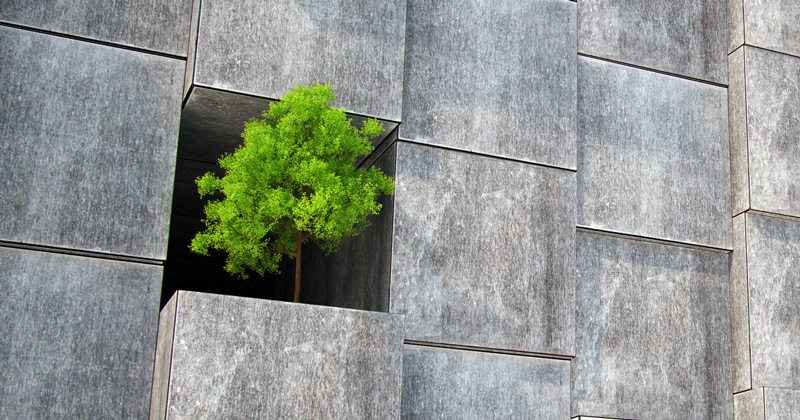With the growing agenda around sustainability and climate change education and the launch of the National Education Nature Park, there is a drive for children and young people to have experiences beyond the classroom that have perhaps not been emphasised so much previously. But what is a school to do when its only outdoor area is a patch of concrete?
The resources produced as part the National Education Nature Park through the Natural History Museum’s collaboration with many stakeholders in the education space are welcome, but a number of them demand access to digital devices and spaces that might prove challenging for some schools and settings.
At Wellspring Academies Trust, we have engaged with a project which pre-empted these challenges and set about overcoming the hurdles of spaces which are not green or particularly expansive. The Communicolour Project has been running for four years and has resulted in nurturing a relationship between young people and the outdoors that previously didn’t exist.
Some of our schools are old, imposing buildings in areas where there are high levels of social disadvantage. The schools are not seen as welcoming spaces by the community and with the lack of green space, the outdoors had little appeal for the children. The Communicolour Project has transformed the concrete spaces at 18 of our primary schools through collaboration between local artists, the children and school leaders.
Following a pilot in a small number of schools, we drew upon pupil and staff voice evaluations to establish any benefits before rolling this out across the trust. A small-scale qualitative research project was designed in collaboration with Professor Leigh Hoath from Leeds Trinity University.
The children and teachers both expressed that the spaces outside were more engaging, they wanted to be outside and that there was now something for them to do. The teachers reported children who had previously been disengaged and isolated now playing games they had co-created with other pupils using the artwork as their basis. In short, the project had humanised a space that previously discouraged activity.
The transformation has been profound
The staff have talked about the spaces being transformed from ‘dull, boring, grey and with nothing to do’ to seeing ‘brighter, happier, smiling faces with children happy to be outside’. In special provision, the artworks have provided additional learning opportunities with the children engaging through pointing and speaking about shapes and colours independently. With some schools, the transformation has been so profound that local residents have commented that ‘it used to look like a prison’ and now ‘as I walk past it I can’t stop looking at it because it makes me happier’.
Through the installation of further Communicolour artworks, there has been a consistent message of positivity and engagement with the outdoor space in a way that didn’t exist before. The increased number of discussions held between pupils and staff in the outdoor setting saw an improvement in self-regulation and what we strongly perceive as an increased layer of psychological safety through the interactions with the artwork.
The learning we have taken from these early stages is that the co-creation of the work between the children and the artist further empowers the sense of belonging children feel in the outdoor space. The installations are bespoke to each school setting, reflecting this co-creation and the unique identity each school holds within the trust. In other words, this is not a one size fits all approach.
We recognise that if the children in our schools are to develop as custodians of the planet and be the agents of change required to address the sustainability and climate crises we face, then they need to start with a love of the outdoor space. This project has enabled that to happen despite the challenges of the school grounds and the environment in which some schools exist.
Through art, colour and imaginative play, we have given the children an opportunity to develop a respectful and interactive relationship with the outdoors that they would not otherwise have. The results speak for themselves, and the project’s reach into our wider communities reveals just how powerful this work can be.
This article is part of Schools Week’s special COP28 series. Find more here



Your thoughts